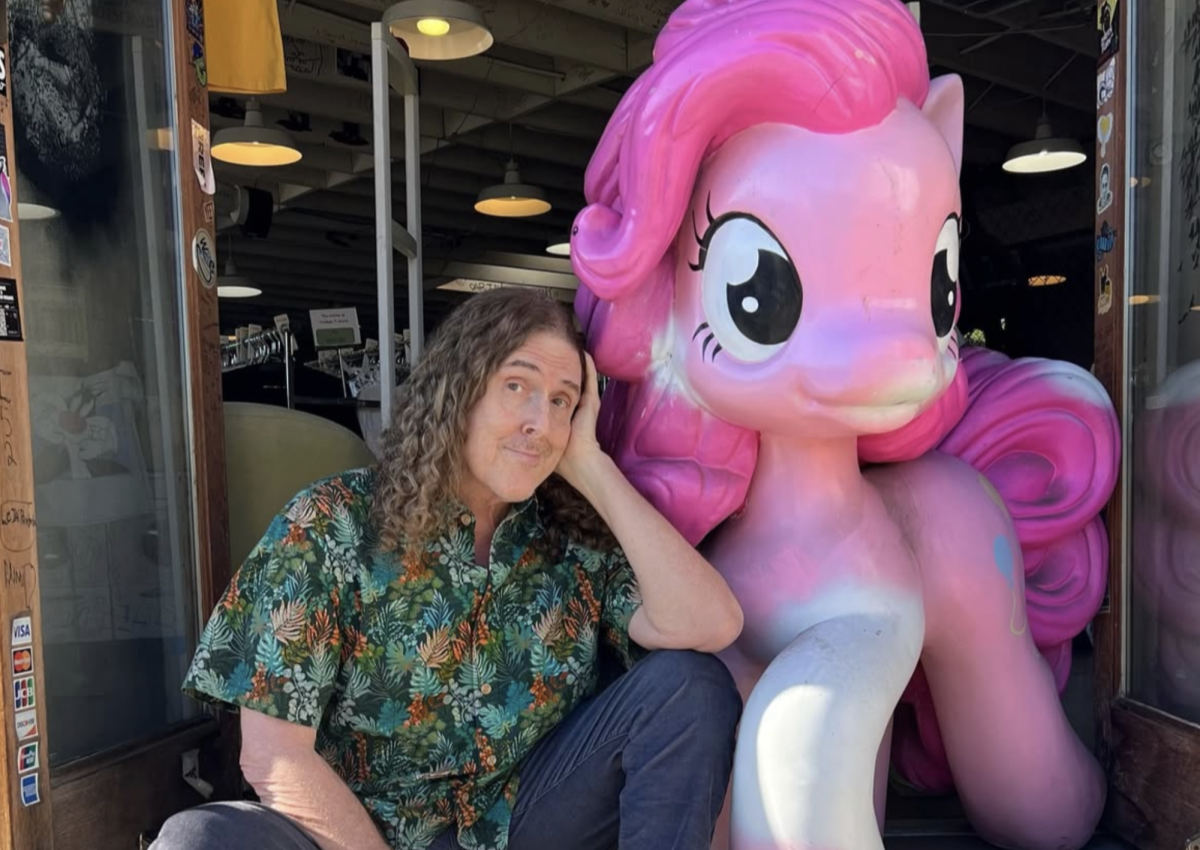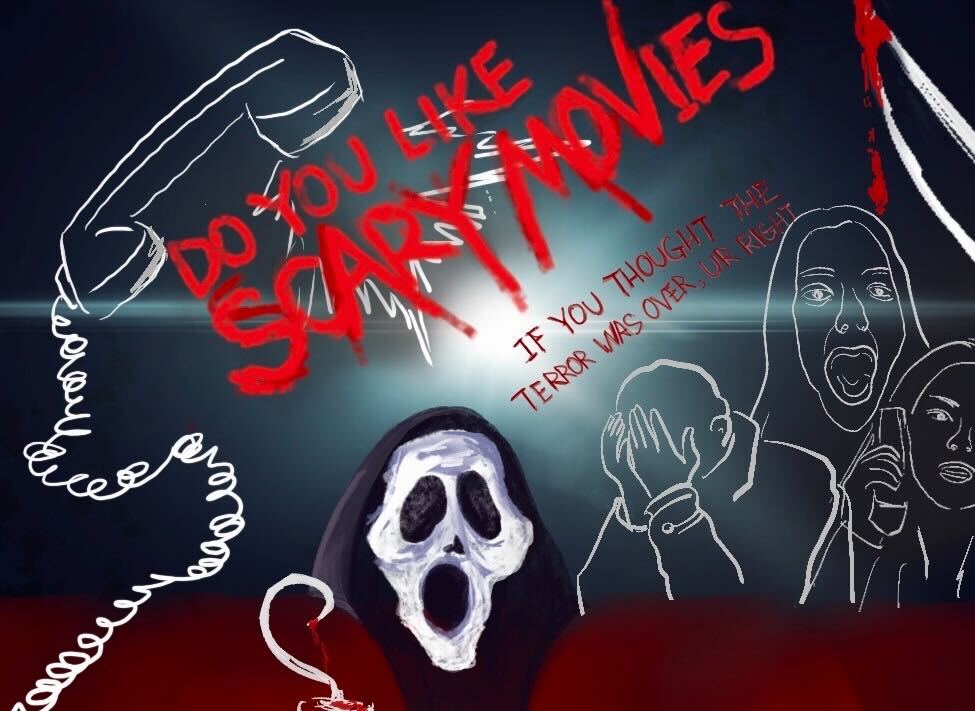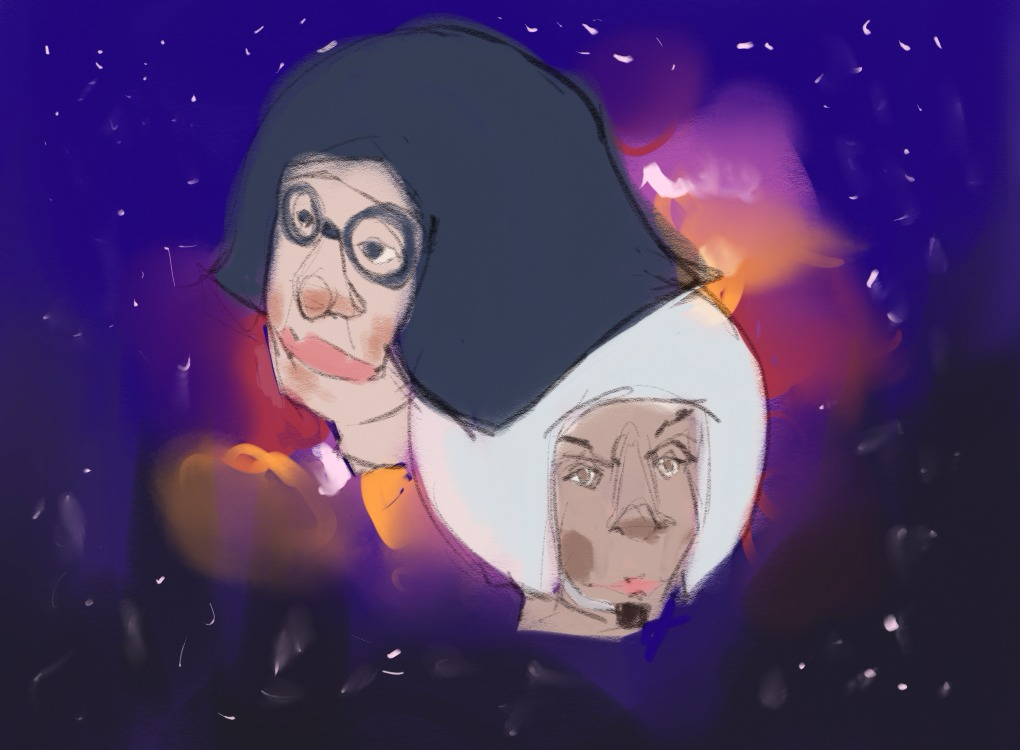When I was ten years old, I had my heart broken for the first time. It was 2015, the day of my grandmother’s birthday, and One Direction had just announced via a Facebook post that Zayn Malik was leaving the band. Group chats were halted. The girls were hallway-crying. The collective parasocialism of two hundred tween and teen girls undergoing this significant loss successfully shut down my school in Bangalore, India.
Growing up as a South Asian consumer of Western media meant experiencing a 2010s culture dominated by the “Boyband Summer,” a phenomenon that bonded teenage girls around the world yet was explicitly catered to a select racial demographic. This meant separating your girlhood from your culture despite both being cornerstones of your identity — a cognitive dissonance compounded by the fact Zayn Malik existed.
Since the ensuing fandom wars and the racially-driven vitriol from the fallout of Malik’s exit, the tween and teen girls of that era, like me, have now grown up and gone to college. From Bill Maher’s inappropriate humor, the Huffington Post’s misplaced imaging and countless fan accounts’ racial profiling to Malik’s 2017 tweet in response to a cultural controversy, the conversation around 1D and Zayn Malik has slowly evolved into a retrospect on the normalized and rampant racist rhetoric we witnessed and Malik endured as a 17-year-old Pakistani-British singer and celebrity.
Many have speculated whether his exit was caused by his experience as the sole person of color in 1D. In 2015, conversation often devolved into a “Harry Styles or Louis Tomlinson Is Better Than Zayn Malik Because They Are White” polemic — take it from someone who was at the front lines (especially when the Zouis beef happened). This discourse has been reignited in the wake of lyrics from Malik’s new song, released as a sneak peek on Instagram.
With rhymes like “I’m a convert to the concert, and I did that for inflation / ‘Cause I worked hard in a white band, and they still laughed at the Asian,” the song, supposedly titled “Fuschia Sea,” is an intimate and painful exploration of the Islamophobic and racist slander Malik faced in the public eye. Both the fans and the musician have had to reconcile the love Malik received for his representation of diversity in the band with the hate he received for the same thing.
This, along with the rise of K-pop in the West, has rapidly transformed the musical mediascape into a multicultural celebration. Nobody exemplifies this better than KATSEYE, the “global” girl-group composed of six members from around the world, handpicked and managed by BTS’s entertainment label, HYBE. From viral Tiktoks and VMA wins to closing out Lollapalooza, the group has become the band of the summer, topping Billboard charts in the process. It’s hard not to see the appeal of KATSEYE, with their K-pop-inspired outfits, music videos, choreography and catchy melodies with diverse messaging targeting America’s liberal Gen-Zers.
Lara Raj, the Tamil-American vocalist, dancer and fashionista, has become the face of the group’s meteoric rise to fame. With a solo profile in Vogue India, a Blooming Impact award given by the L.A. LGBT Center and the group’s record of 4.3 million Instagram followers, Raj is undoubtedly the most influential and iconic member of the group.
Growing up the child of South Indian immigrants in Los Angeles, Raj’s pop-star persona is underlined by a distinctly Indian aesthetic, with traditional gold jewellery, bindis, an Om necklace and mehendi incorporated into her quintessential popgirl fits. With much of her artistry influenced by her experience growing up as a queer Indian-American, Raj appeals especially to South Asians. With covers of Tamil songs and Bharatanatyam pieces, adorned in a classical sari or lehenga, Raj’s identity in the limelight is a far cry from how Malik had to disguise his Pakistani culture in a “non-threatening” persona.
The example of Raj demonstrates the progress accomplished in the pop world, but we must examine whether this change is positive. Over the summer, recent conversation about Raj rested on a KATSEYE x Gap collaboration advert, seemingly meant to celebrate diversity. It received great praise from the South Asian community, cutting a direct contrast to Sydney Sweeney’s controversial and conservative-coded American Eagle advert about having “great genes.”
But is it really honoring your South Asian culture to buy from a brand that has historically been accused of illegal and exploitative labor in South and Southeast Asia and still scores dismally on metrics of ecosustainability? Just because the ambassador for this vehicle of socioeconomic oppression in the Global South is an individual from the community, can we still condone Gap’s unsustainable, unethical practices? And what does this say about Raj and her goal to uplift the community? Is she truly showcasing our culture or is she making it something easy to consume? The Gap advert raises interesting questions about representation in the diaspora and the conundrum of growing up as an immigrant in the West.
This, in combination with Malik’s new song, forces us to examine the deep-rooted biases that still govern most of Western culture. It is a culture that, for all its talk about diversity, leaves most immigrant artists to walk the thin line between making a living and staying true to their ideals — between being a sellout and being a trailblazer.








